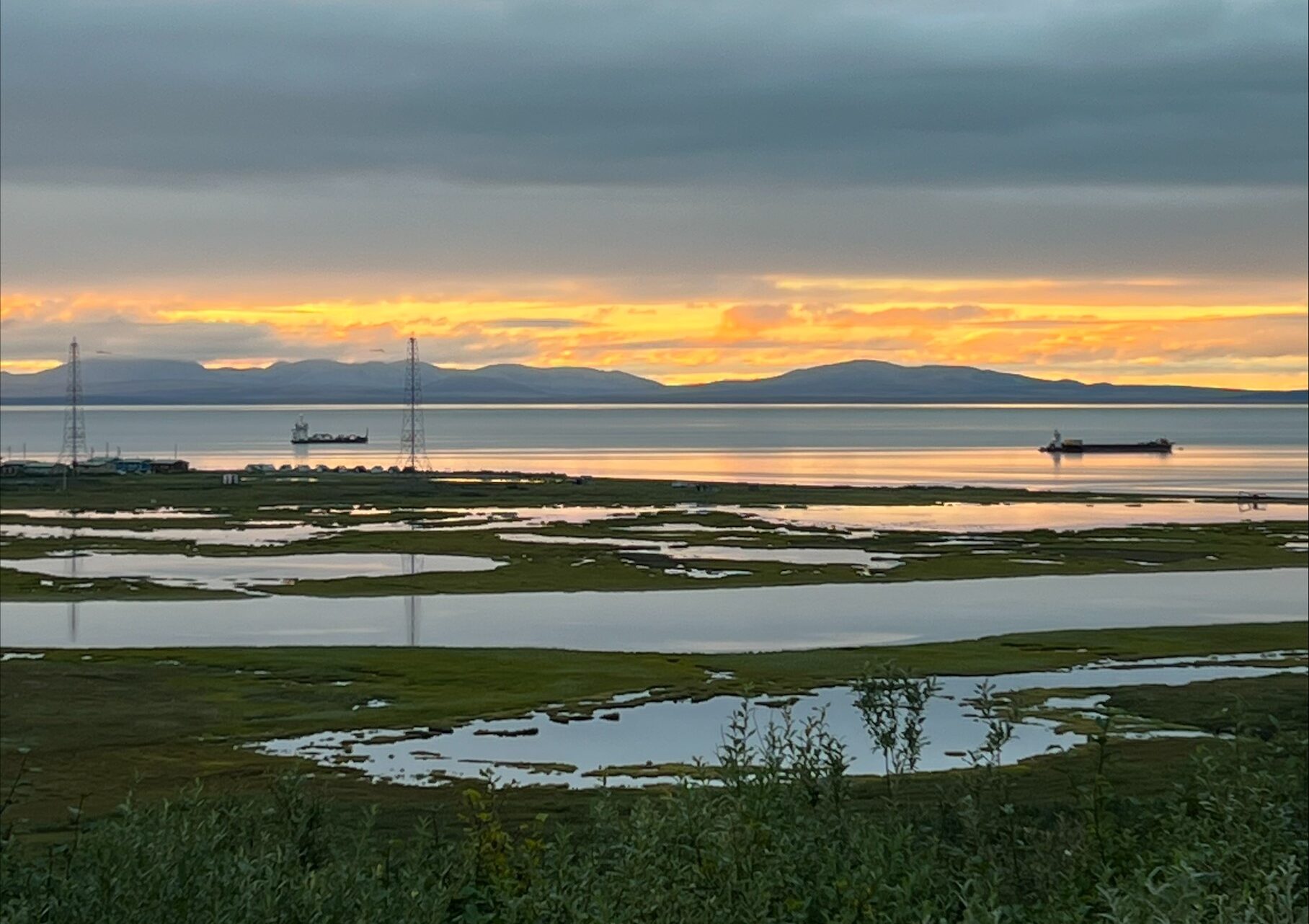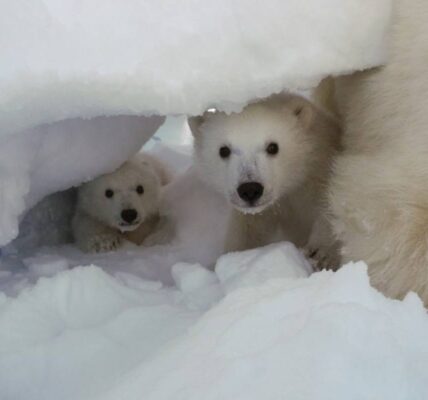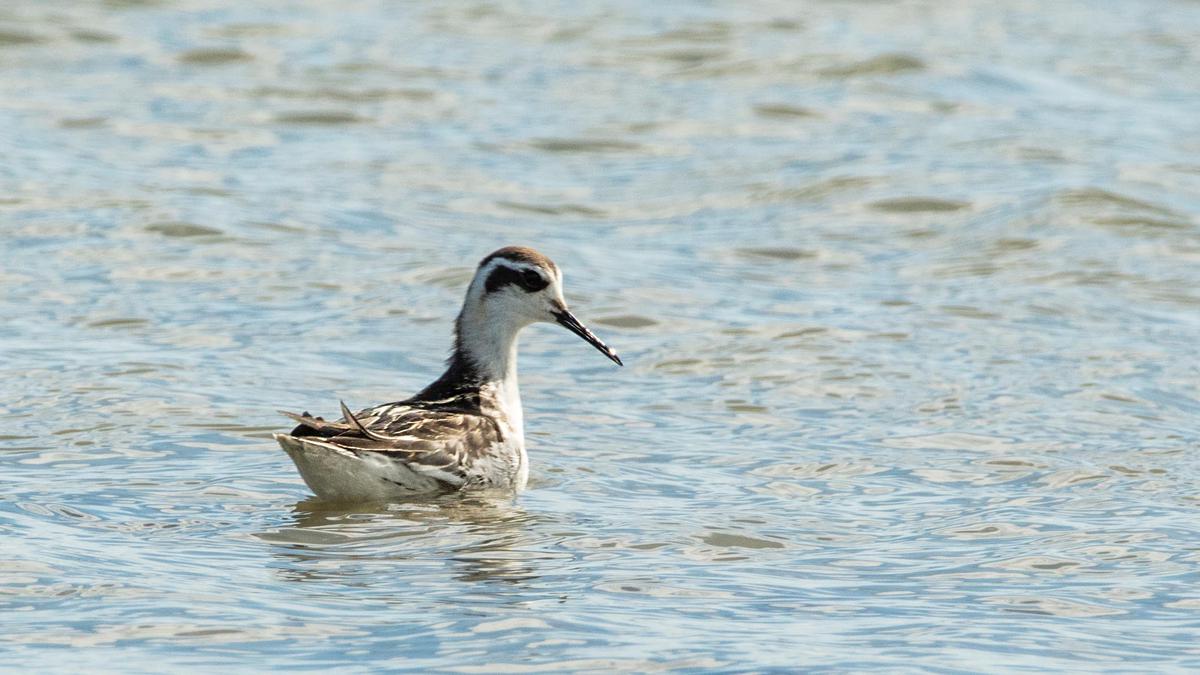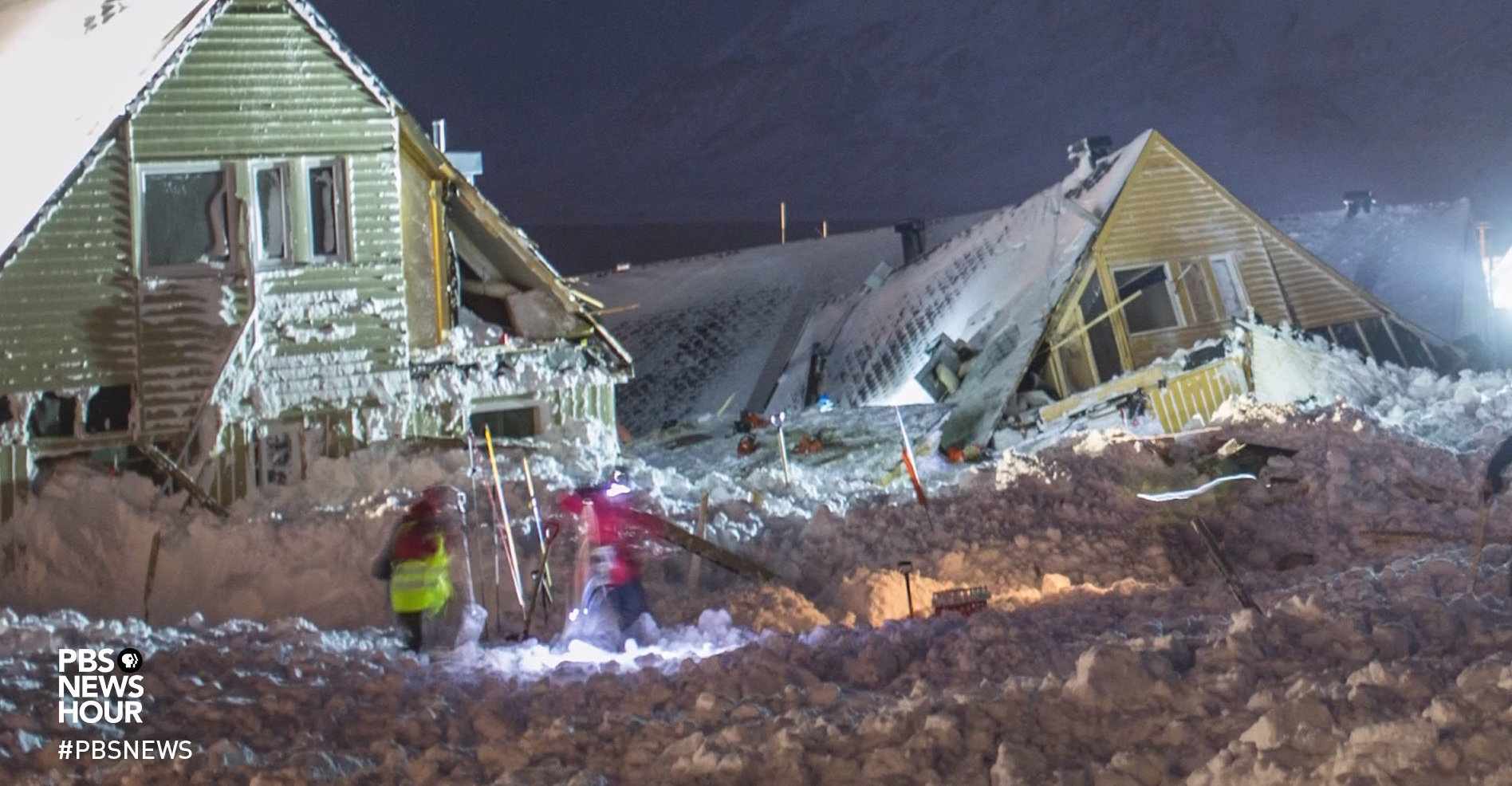As humans expand their carbon footprint on the planet, vital habitats are being lost, making it increasingly challenging for some species to survive. This is especially true for Arctic Alaska, where warming due to climate change is unleashing unprecedented changes in the ecology of the region, upending the lives of Indigenous communities that have coexisted with nature for generations.
Prior to my virtual student federal service internship with the U.S. Department of State, I spent most of last summer as a fisherman on a boat in the Chukchi Sea, where it is impossible to deny the changes occurring in the environment. I was working alongside Iñupiat fishers to catch salmon—specifically the chum type—and we situated ourselves in an Iñupiat village called Kotzebue, some 26 miles above the Arctic Circle. The sea and its resources had clearly changed through the years, to the distress of many Indigenous communities that depend on harvesting seafood—bowhead whale (agviq), ringed seal (natchiq), sheefish, and salmon, among others—for sustenance. Stories from Iñupiat elders evoked the bountiful catches of past years, painting a vivid picture of a transforming environment. Warming waters brought different fish to our net, indicating changes within the marine ecosystem. Declining salmon runs were being widely reported, beyond just Alaska, seeing the record-shattering oceanic temperatures this summer.

Salmon, as do many other species of fish, love cold water. After all, they evolved in cold water environments. As a result, their physiological processes, behaviors, and life cycles are tightly intertwined with the conditions offered by these cooler aquatic habitats. This is especially pertinent to the natural metabolic processes of salmon. Warmer temperatures increase their metabolism, causing them to expend more energy than necessary, which is especially problematic for long migrations. Beyond this, warm water simply does not hold as much dissolved oxygen as cold water. Unsurprisingly, organisms prefer conditions that allow them to respirate more efficiently, with more available oxygen. These same environmental changes can also reduce the caloric content of their prey—zooplankton and krill for juvenile fish, squid and other small fish for adults—leaving them malnourished. The result is a cruel paradox: salmon need more sustenance at times when nourishing food is increasingly scarce. The aftermath of these heat waves over the summer particularly devastated pink and chum salmon populations returning to Alaska.
The harmful effect of warming waters on the health of salmon populations is especially pronounced in Alaska, which has witnessed drastic drops in salmon populations as streams become warmer. Shrinking glaciers, reduced winter snowpacks, and earlier spring melts lead to decreased river water volumes and depths—making them heat up more rapidly. Climate change doesn’t only raise water temperatures; it brings about a cascade of other environmental challenges. Forest fires ravage shoreline habitats, mudslides silt up rivers, and droughts alter the flow of streams. These changing conditions have a domino effect on the aquatic ecosystem.
In response to droughts, wildfires, and other environmental events affecting water availability, humans are unsustainably extracting groundwater, putting overall hydrologic systems under extensive stress. For example, the loss of cold groundwater, which creates pockets of cooler, oxygen-rich waters critical for healthy salmon in the warm seasons, impacts the ability of salmon to regulate their temperature. Additionally, the loss of consistent groundwater inputs leads to even lower river levels, further exacerbating the problems caused by droughts. Salmon, especially juveniles, require specific habitats with certain flow conditions to hide from predators, find food, and grow before they migrate to the sea. The combined effects of drought and over-extraction of water make these habitats more rare, making it harder for young salmon to survive and for adult salmon to reproduce effectively. The long-term implications of these intertwined challenges could be dire for the future of salmon and their progeny.

Beyond changing freshwater systems, warming of the ocean also poses a significant challenge for salmon, perhaps the most well-known anadromous species, or species that is—migratory between sea and fresh water. Marine heat waves, among other manifestations of a warming ocean, are particularly dangerous for salmon populations. One of the most distinct manifestations of the warming ocean was the appearance of a marine heat wave known as the “blob.” Starting in 2013, this mass of unusually warm water lingered off the West Coast of the United States for three years, spanning roughly 1,000 square miles. A similar phenomenon emerged in 2019. These heat waves significantly disrupted the marine food web.
The ecological and climatic shifts instigated by global climate change and rising ocean temperatures are altering the delicate balance of marine and freshwater ecosystems, imperiling the survival of salmon—a species vital not just as a natural resource but as a cornerstone of cultural, economic, and environmental significance, particularly in places like Alaska. Indigenous Peoples, such as the Iñupiat people of northern Alaska, whose lifestyles and traditions are intimately intertwined with the rhythms of nature, find their centuries-old customs and livelihoods being threatened. Their traditional stories teach about the importance of collective action, and their experiences and knowledge are necessary to mitigate further environmental degradation and to implement adaptive strategies that prioritize the conservation of habitats. The story of the salmon, mirrored in countless other species worldwide, must serve as a clarion call to recognize the necessity to work collectively to safeguard the planet’s biodiversity for future generations.
About the Author: Frederick (Freddy) Lin is a current Virtual Student Federal Service intern with the State Department’s Bureau of Oceans and International Environmental and Scientific Affairs (OES) and an undergraduate student at Stanford University. For more information on student internship and fellowship programs at the State Department, please visit https://careers.state.gov/interns-fellows.





*This is the right blog for anyone who wants to find out about this topic. You realize so much its almost hard to argue with you (not that I actually would want?HaHa). You definitely put a new spin on a topic thats been written about for years. Great stuff, just great!